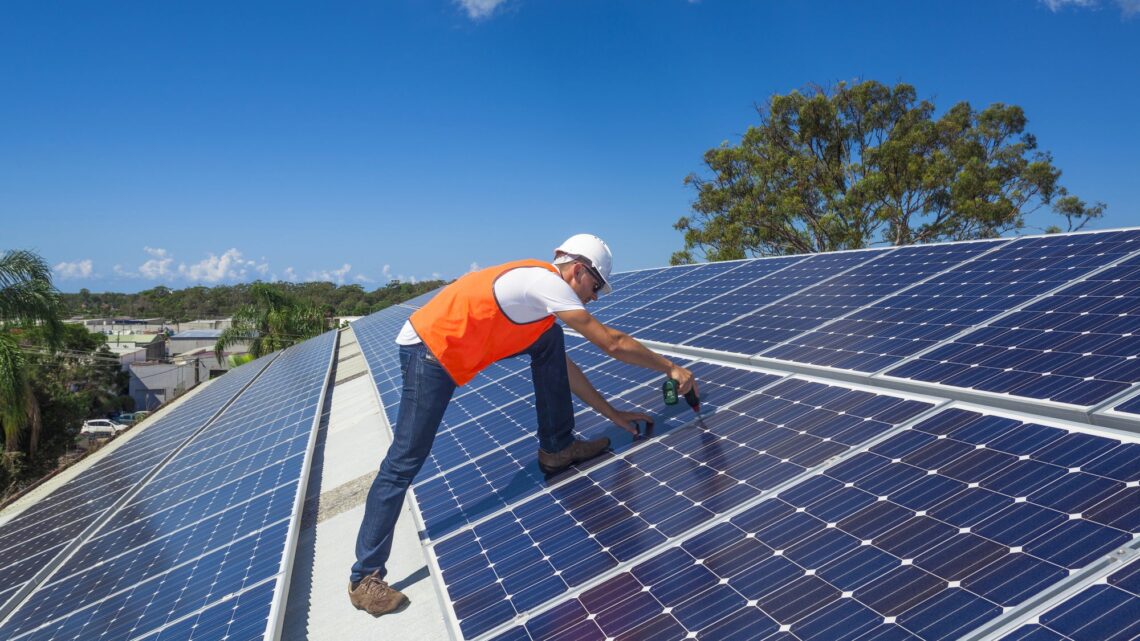Climate scientists, for years, have urged governments around the world to switch from fossil fuels to renewable energy sources. Wind and solar plants have increased in popularity in recent years but they both have a fundamental problem. Lapses in sunlight and wind caused by weather events can make it difficult to reliably capture and store all that energy, especially when attempting to supply power to large cities. The solution to the reliability issue are batteries, and lots of them.
A new report from the International Energy Agency (IEA) recently argued these hordes of batteries will play a critical role in determining whether or not ambitious climate goals established by international experts are ever met. Recent innovations in lithium-ion battery tech have significantly lowered their costs which in turn is helping make switches to renewable energy power sources more viable for communities around the world. Battery prices by 2030, the report notes, could fall by 40%.
At the same time, increased demand for battery powered electric vehicles and energy produced from renewable sources means battery tech will need to get even cheaper in only a few short years in order to meet rising demands. All of this, according to IEA estimates, will require a six-fold increase in energy storage capacity by 2030. Cheap batteries will need to get even cheaper.
“Reducing emissions and getting on track to meet international energy and climate targets will hinge on whether the world can scale up batteries fast enough,” IEA Executive Director Fatih Birol wrote. “Batteries are changing the game before our eyes.”
Lithium-ion battery costs have fallen more than any other energy technology
Though lithium-ion batteries are typically associated with gadgets and other consumer electronic gizmos, that’s increasingly no longer their main use case. In 2023, according to the IEA, the energy sector accounted for 90% of all battery demand. The total…
Read the full article here


